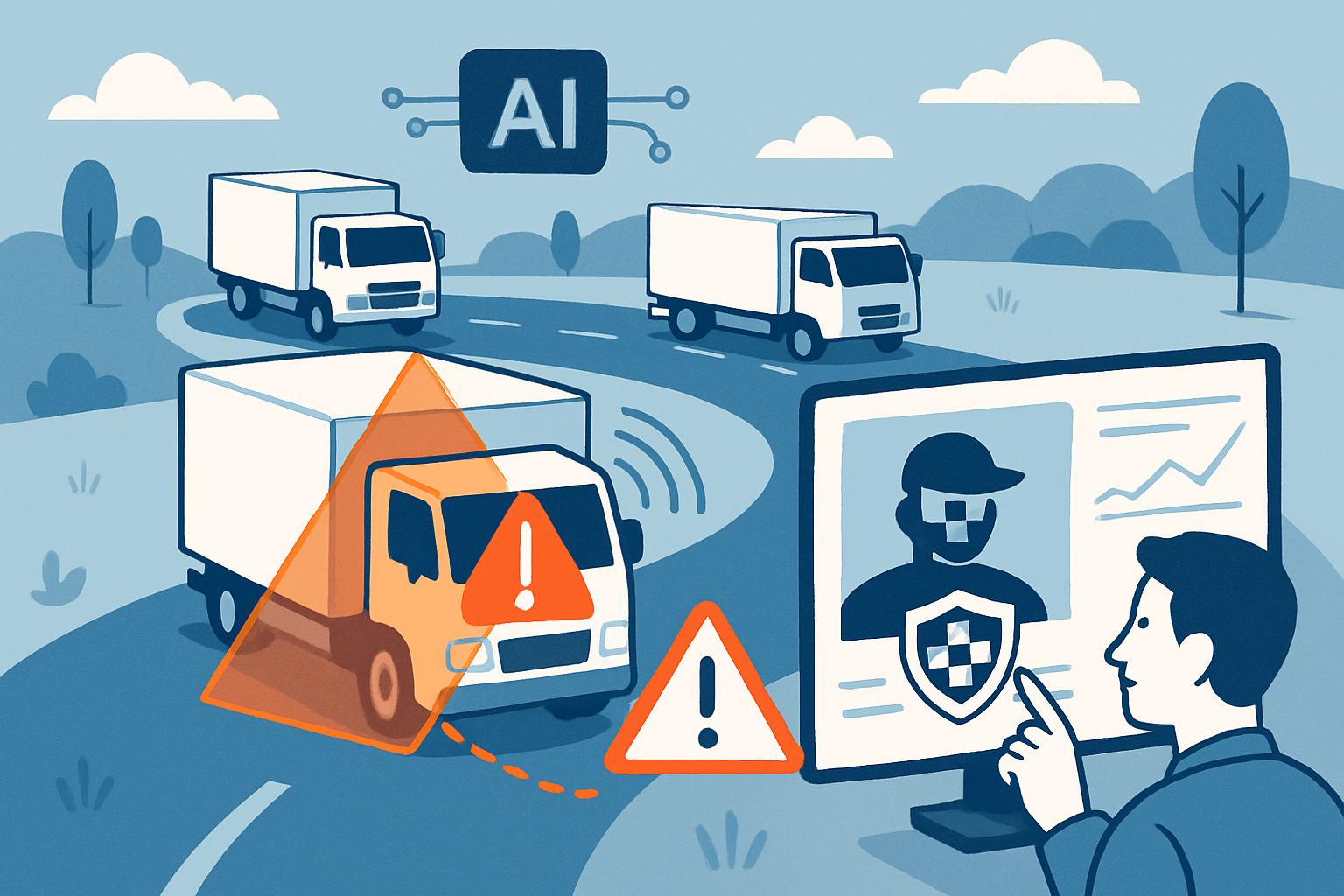The trucking industry is an essential force of the global economy, but it’s also a hazardous one. Every year, fatigue plays a significant role in trucking accidents, resulting in injury, death, and financial losses.
Fatigue Science, the maker of the predictive fatigue management software suite, Readi, aims to make a difference in the trucking sector by enabling fleets to act on driver fatigue before critical moments occur. In this article, we discuss the impact of driver fatigue on the seven critical truck safety metrics that matter to your fleet.
A Macro View on Trucking Accident Statistics
What percent of trucking accidents are caused by fatigue? Estimates on this issue range from 13% to 40% of all trucking accidents, according to studies from 3 separate government agencies (FMCSA, ECRS, NTSB). Fatigue related accidents result over 100,000 fatigue-related motor accidents per year in the US alone, causing 71,000 injuries and 800 preventable deaths. In aggregate, the cost of these accidents is estimated to be $20 billion annually, with an average cost per accident of $91,000.
Benchmarking Your Fleet Against Industry Averages
The trucking industry benchmarks its safety performance by tracking 4 critical metrics directly related to accidents: the accident rate itself, fatalities, injury crashes, and near misses. According to the FMCSA, the average accident rate for large trucks was 74 accidents per 100M miles driven in 2020. Fleets with an average of 150 or more accidents per 100M miles (170 per 100M miles in non-urban) are considered to have failed a portion of FMCSA safety audit and will typically receive a downgrade in their safety rating.
The average number of injury crashes per 100M miles driven was 33.4 as of 2020, and the average number of fatalities per 100 million truck miles driven was 1.64.
The Connection between Fatigue and Truck Safety Metrics
Fatigue and driver error are closely linked. Studies have shown that drivers who are fatigued are more likely to engage in dangerous driving behaviors that lead to accidents. Beyond the 4 accident metrics discussed above, 3 additional metrics are critical as “leading indicators” of accident risk. These metrics are: driver microsleeps recorded, speeding, and harsh braking.
Fatigue Science has performed several telematics studies with truck drivers in the workforces it serves. In those studies, we found that there was an 8.5 times higher incidence of harsh braking when drivers were predicted to be highly fatigued according to its ReadiScore, as compared to those predicted to have low fatigue on an upcoming shift. (High fatigue is classified as a ReadiScore below 70, while low fatigue is above 85).
The same study found that drivers whose ReadiScore indicated high fatigue were four times more likely to have speeding events recorded by telematics.
In another client study, sampling 254 drivers over 131,000 drive hours, Fatigue Science found that drivers who were fatigued had a 14 times higher incidence of microsleeps while driving their truck, as compared to drivers whose ReadiScore did not indicate fatigue. This study was performed by pairing the predictive Fatigue Science ReadiScore with video data from driver-facing cameras deployed by Hexagon OAS.
Additionally, the US Department of Transportation performed a study using the Fatigue Science model and determined at least a 7.3x higher propensity for actual transportation accidents when one’s ReadiScore indicates high fatigue. This study used conservative assumptions and recent improvements to modelling since the study was conducted suggest an even higher figure is likely. We blogged about the study here.
The Bottom Line Cost of Fatigue in the Trucking Industry
While the human cost of fatigue-related accidents is certainly the greatest cost, the impacts of driver fatigue extend much further. The direct costs of accidents certainly are a known factor, but fatigue also affects a fleet’s bottom line in terms of increased fuel costs, unscheduled and scheduled maintenance costs from increased wear and tear, elevated insurance premiums, and reputational damage.
The Future of Trucking Safety: AI, Machine Learning, and Readi
Recently, new technology has emerged that is driving a change in best practices for effective fatigue management in trucking. Fatigue management is shifting from a “reactive only” model to a predictive and proactive one. Rather than waiting for fatigue to be detected moments before a driver falls asleep at the wheel, it is now possible to identify and address critical risks with much greater warning.
Readi is a powerful, Machine Learning-powered software platform that helps fleet dispatchers and shift supervisors proactively identify extreme cases of driver fatigue, and intervene as necessary in exceptional circumstances to avoid putting a critically fatigued driver behind the wheel. For its pioneering work in operator safety, Fatigue Science was honored to receive the National Safety Council’s 2022 Green Cross Safety Innovation Award.
A Free Custom Analysis of Readi’s Benefits for Your Fleet
Fatigue Science is now performing new research with trucking fleets to observe and quantify the full scope of benefits that that Readi’s ML model is bringing to each fleet. If your fleet would like to receive a custom analysis, free of charge, and/or explore leveraging Readi in your fleet dispatch operations, read more here or contact one of our experts today.





